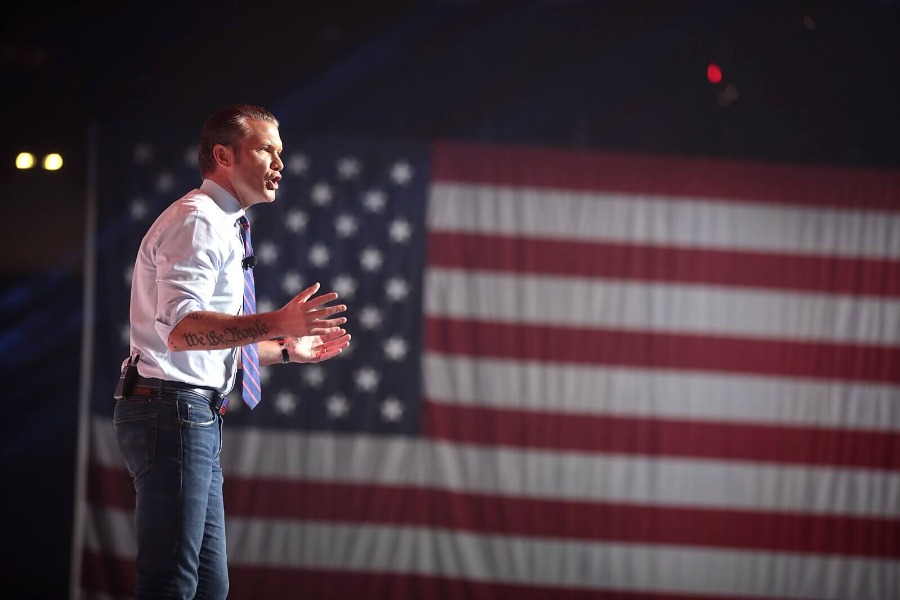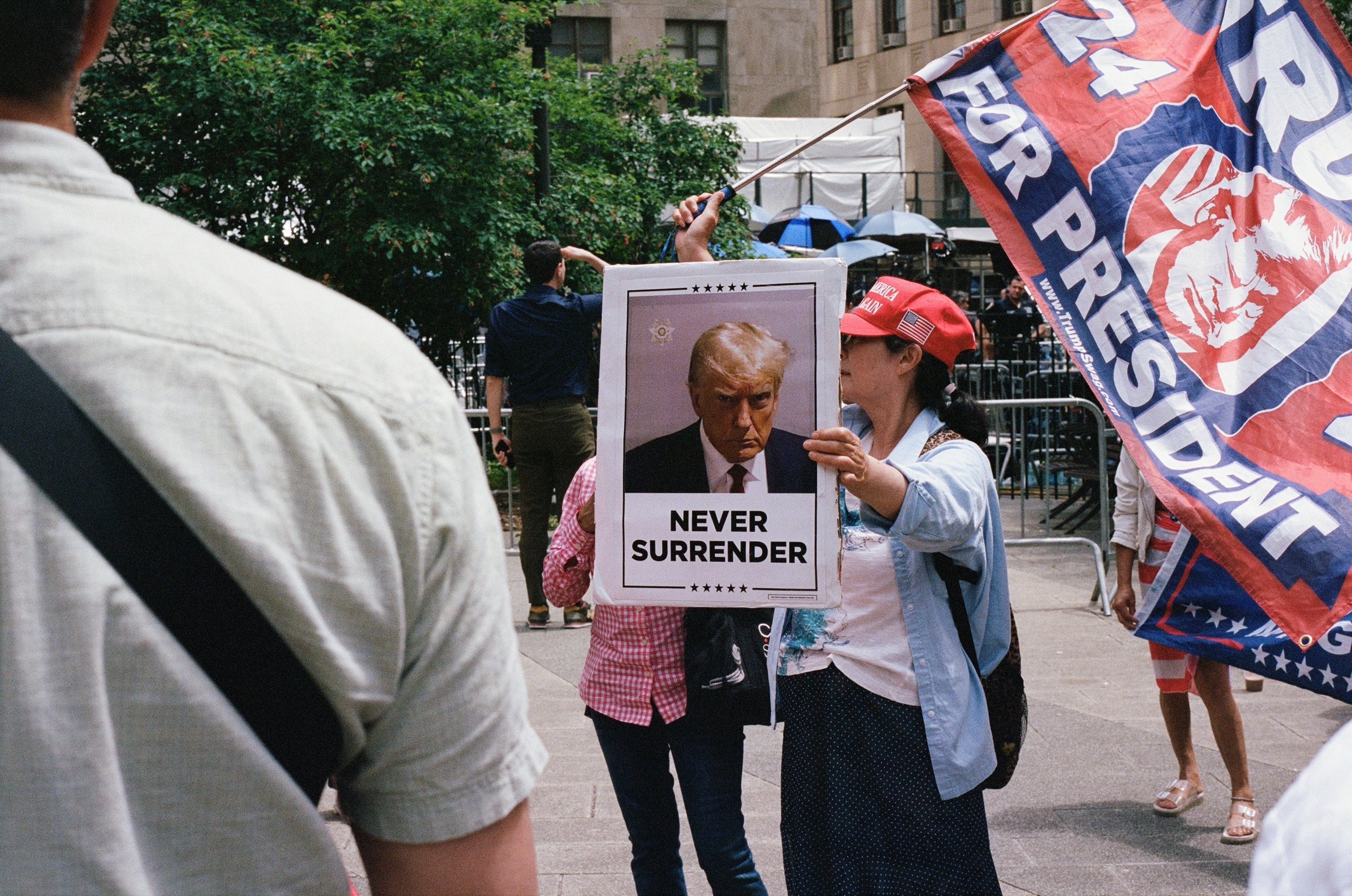The New York Times Is Confused About the Law of War Manual
The New York Times earlier called on the Pentagon to “repeal[]” “guidelines on the treatment of journalists covering armed conflicts that would make their work more dangerous, cumbersome and subject to censorship.” The editorial board here referred to three aspects of the Department of Defense's nearly-1200 page Law of War Manual.
Published by The Lawfare Institute
in Cooperation With

The New York Times earlier called on the Pentagon to “repeal[]” “guidelines on the treatment of journalists covering armed conflicts that would make their work more dangerous, cumbersome and subject to censorship.” The editorial board here referred to three aspects of the Department of Defense's nearly-1200 page Law of War Manual.
(A disclosure: I interned at DoD’s Office of General Counsel this past summer, and did some minor research on other parts of the Manual in the very late stages of its publication process. But I did not work on any part of the Manual pertaining to journalists, direct participation in hostilities, or any other part mentioned in this post or the Times editorial; all views expressed here are also my own and do not necessarily reflect the views of the Department of Defense.)
The Times' objections were as follows: First, the Times decried the the Manual’s assertion that journalists could in some circumstances be “unprivileged belligerents.” The latter, according to the Manual, “may be made the object of attack by enemy combatants” and “may be punished by enemy States for their engagement in hostilities” (page 162). The Times then blasted as “ludicrous” the Manual’s assertion that “the relaying of information (such as providing information of immediate use in combat operations) could constitute taking a direct part in hostilities” (page 175) and expressed fear that officers might target journalists under this “vaguely-worded standard.” This compared unfavorably to what the editorial characterized as “sensible guidance”---an earlier DoD document that treated journalists as civilians “provided they take no action adversely affecting their status as civilians.”
The Times objected secondly to what it called the Manual’s “bizarre . . . suggestion” that “[r]eporting on military operations can be very similar to collecting intelligence or even spying,” as well as its recommendation that journalists “act openly and with the permission of relevant authorities.”
“[M]ore disturbing” to the Times is the Manual’s assertion that “States may need to censor journalists’ work or take other security measures so that journalists do not reveal sensitive information to the enemy.” The Times objects that “[t]his unqualified statement seems to contravene American constitutional and case law, and offers other countries that routinely censor the press a handy reference point.”
That sounds bad. But all three objections stem from confusion about what the Manual purports to accomplish.
First, the Manual only “represents the legal views of the Department of Defense” on the laws of war (page 1) (emphasis added). It is “a description of the law as of the date of the manual’s promulgation” (page 3) (emphasis added) of war, as reflected in “treaties and customary international law applicable to the United States” (page 7). Even if every DoD lawyer wanted customary international law to protect journalists whatever the facts on the ground, the Manual would reflect what the law is, not what the lawyers wanted it to be. Thus, the Times’s call that DoD “repeal[]” the offensive provisions does not make much sense and in any case would accomplish little: The Manual merely claims to describe the current state of a certain branch of international law, but does not purport to make new law or counsel policy.
Moreover, the Manual does provide legal support for its assertion that journalists may not directly participate in hostilities without also losing civilian status. It cites the First Additional Protocol to the Geneva Conventions, which guarantees civilian protection for journalists “provided that they take no action adversely affecting their status as civilians.” The Times editorial approves of the exact same language, which appeared in an earlier DoD guidance. What the Times really objects to, then, is the Manual’s related suggestion that “the relaying of information (such as providing information of immediate use in combat operations) could constitute taking a direct part in hostilities.” But the Manual clarifies that this does not mean “independent journalism” (page 229). Instead, “the relaying of information” refers to activities described in past DoD and German Military guidance, such as
providing or relaying information of immediate use in combat operations, such as acting as an artillery spotter or member of a ground observer corps or otherwise relaying information to be used to direct an airstrike, mortar attack, or ambush; acting as a guide or lookout for combatants conducting military operations[.]
(page 228).
At the end of the day, all the Manual asserts, as a Pentagon spokesman explained in June, is that “[t]he fact that a person is a journalist does not prevent that person from becoming an unprivileged belligerent.” The Manual makes the same point on page 229:
Although performing these activities [including “independent journalism”] does not make a person liable to being made the object of attack, performing these activities also does not immunize a person from attack if that person takes a direct part in hostilities or is otherwise lawfully made the object of attack.
Likewise, the Manual says that medical and religious personnel also lose protected status if they engage in hostile acts (page 436), citing to the Geneva Conventions.
Second, the Manual does not “conflate[] espionage with journalism.” The Times is correct that the Manual describes “[r]eporting on military operations” as “very similar to collecting intelligence or even spying” (page 175). The Manual then cites to its provisions on the definition of a “spy” (page 151).
A person may only be considered a spy when, (1) acting clandestinely or under false pretenses, (2) in the zone of operations of a belligerent, (3) he or she obtains, or endeavors to obtain, information, (4) with the intention of communicating it to the hostile party.
Reporting on military operations might involve (1), though some journalists will not seek to gather their material under "false pretenses;" it typically will involve (2), and (3), too. But combat journalism does not involve (4). And importantly, the Manual agrees that the absence of (4) makes a big difference. It thus suggests that journalists “act openly and with the permission of relevant authorities” not because DoD believes they are spies but to help them “avoid being mistaken as spies” (page 175) (emphasis added). If the Pentagon really thought journalism and espionage were equivalent, the Manual would not have referred to the conflation of the two as a “mistake.” Nor does the manual sanction that mistake, or insist that journalists opt for one course of action or another. Instead it merely proposes that journalists "should act openly and with permission," and further that “appropriate identification[] may help journalists avoid being mistaken as spies."
Third, the Times ignores the possibility that other areas of law may protect journalists. The Manual is a descriptive account of the law of war only; it naturally does “not [] address applicable Government or DoD policies or regulations” (page 3). The Manual reiterates this point on page 2:
This manual is not a substitute for the careful practice of law. As specific legal issues arise, legal advisers should consider relevant legal and policy materials (e.g., treaty provisions, judicial decisions, past U.S. practice, regulations, and doctrine), and should apply the law to the specific factual circumstances.
On this point, bear in mind that the New York Times editorial approved of past DoD guidelines that “offered more sensible guidance on the treatment of journalists,” and further that Manual does not override past regulations or furnish any specific legal guidance. So while DoD may believe that censorship is permitted under the laws of war, it does not necessarily believe censorship is permitted under the laws of the United States. Dictators might, as the Times suggests, point to the Manual “to show that their despotic treatment of journalists — including Americans — is broadly in line with the standards set by the United States government,” but they would not have much basis for doing so.
None of this is to insist that all of the Manual’s provisions about journalism are accurate reflections of international law. The Manual implicitly acknowledges that it may contain errors: its preface notes that “[a]n effort has been made to reflect in this manual sound legal positions” (page v) (emphasis added), and page vi provides an email address to send comments and suggestions. DoD would undoubtedly benefit from hearing outside perspectives, and the New York Times is right to draw critical attention to the Manual. But the Times in this case missed an opportunity to focus its criticisms at DoD’s actual positions and the actual law.




